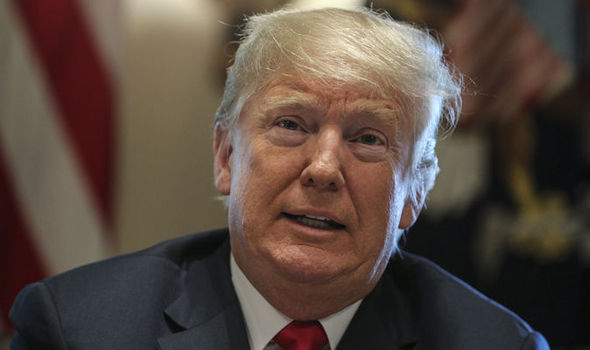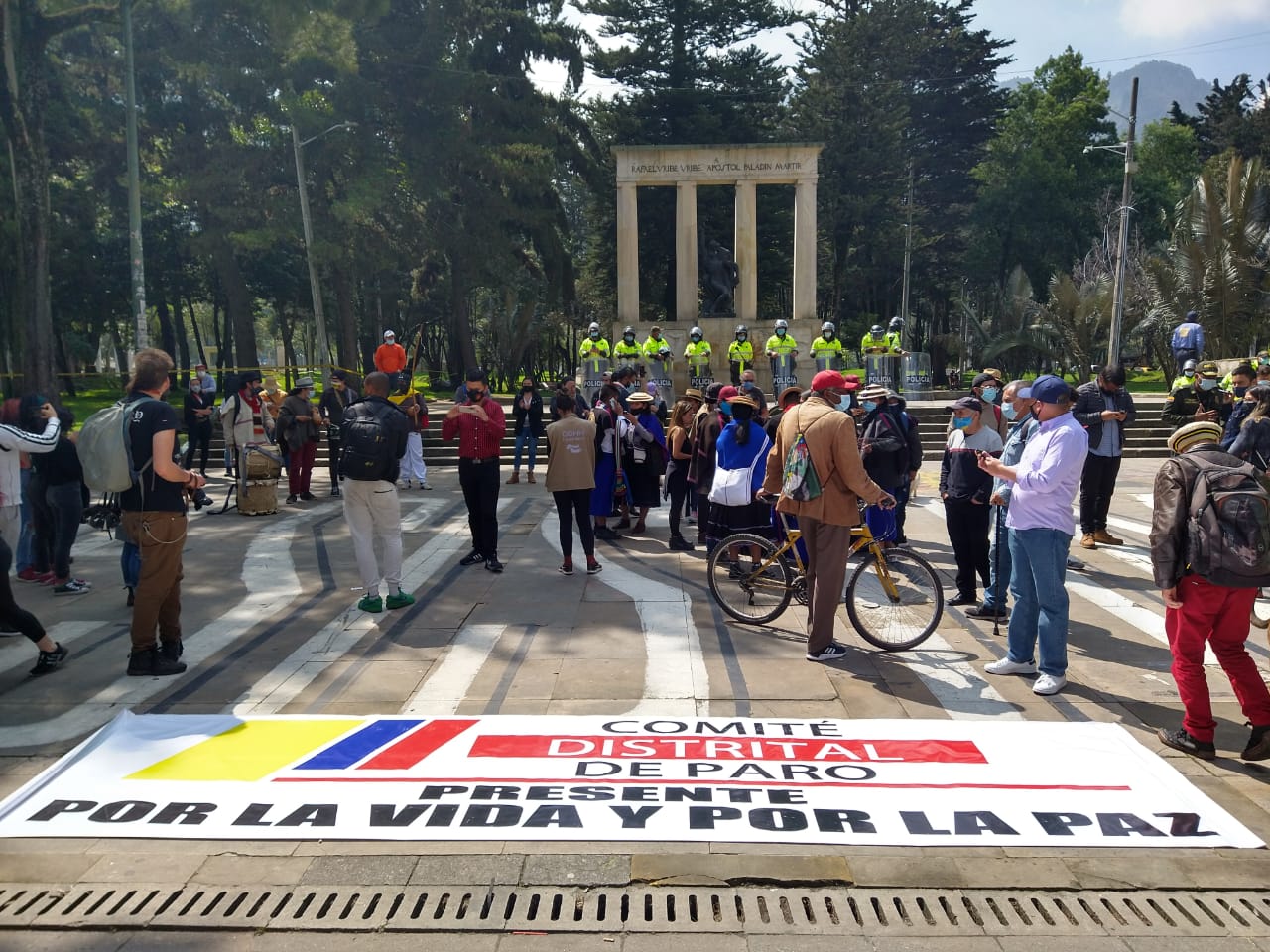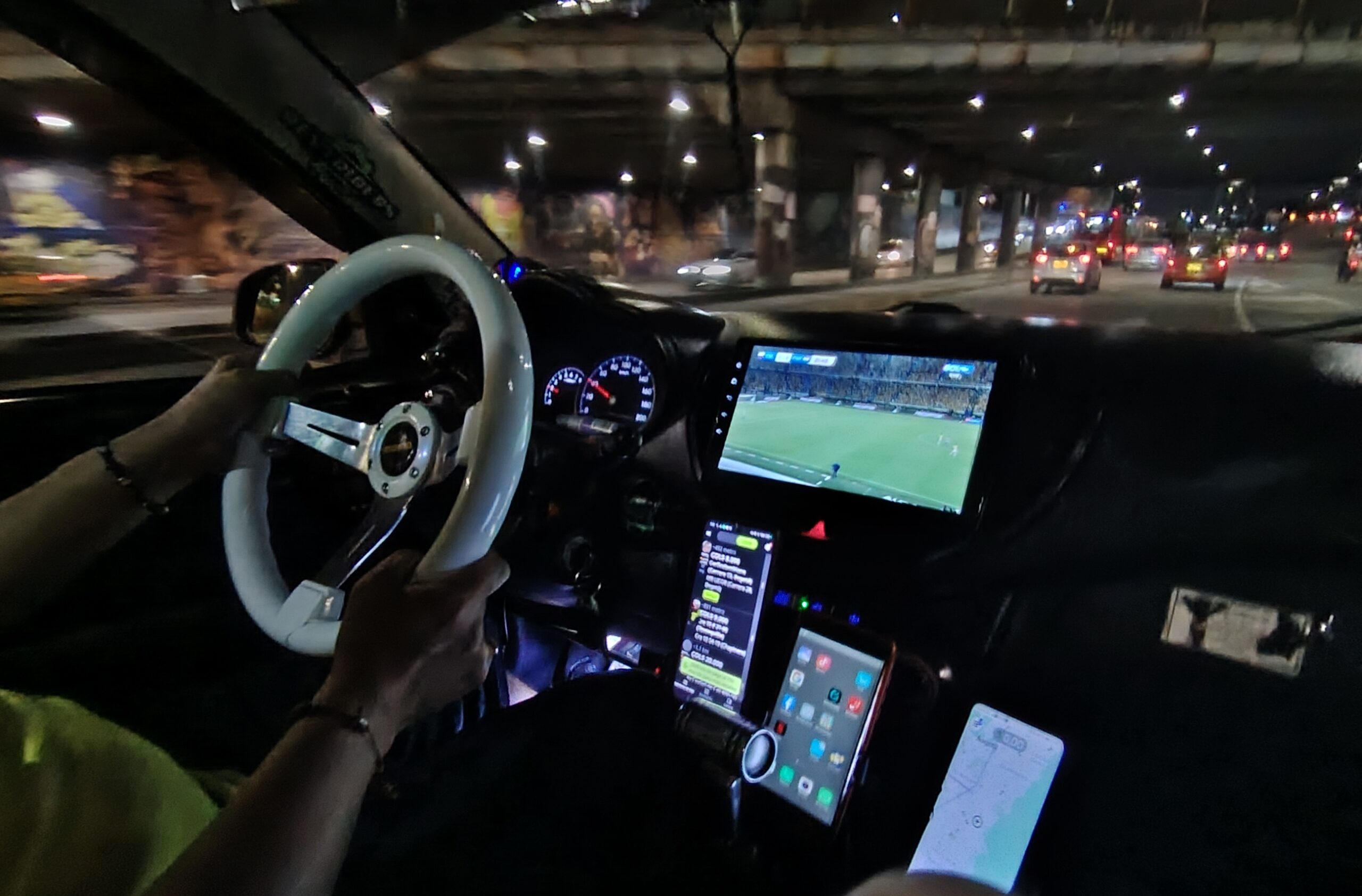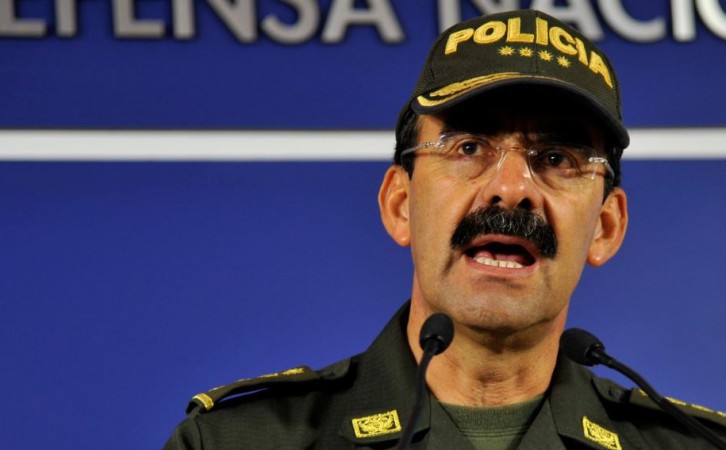There’s another national strike — paro nacional — this week, and it’s difficult to see how it’ll pan out.
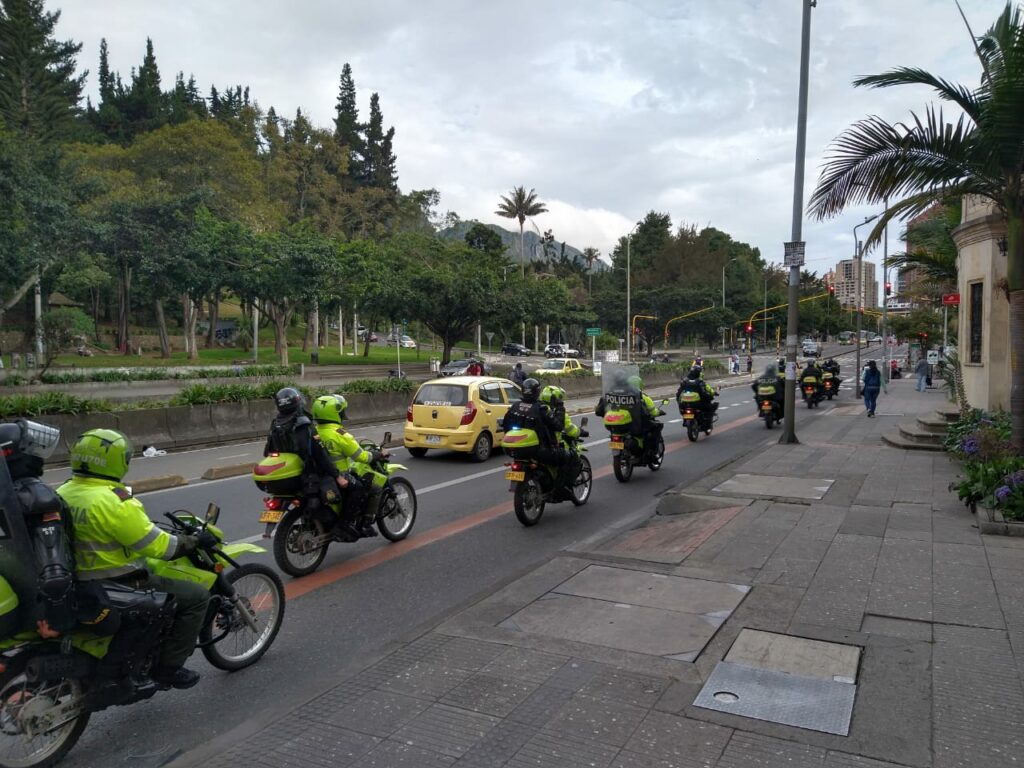
You’ve probably seen signs up saying #paroya, or seen memes online that want you to #tumbarlareforma. It’s all part of another Colombia national strike taking place on Wednesday, which could be very big. If you’re confused about what’s behind it all,
So what’s the fuss all about?
There’s a whole smorgasbord of discontent, but the broadly unpopular tax reform (reforma tributaría) has become the main focus in the last couple of weeks. Then there’s the opposition of a lot of Bogotá to the ruling Centro Democrático in general and president Iván Duque in particular.
A smorgasbord of discontent? What else is on the menu?
Following on from the last big protest, it has many roots. Fundamentally, a lot of Colombia (77% according to Invamer) thinks the country is on the wrong path, but can’t always articulate why. Like a patient who received the wrong blood in a transfusion, there’s a vague sense of dread in the air.
Is there anything more specific?
If anything, there are too many issues. Supporting the peace accords is a big factor for a lot of people, although others won’t care. Some want Venezuelans to be sent home. Environmental protection is a common theme. Indigenous rights will be important to many, afro-Colombian rights to some. People are unhappy about corruption, unemployment, and inequality. Expect a heavy dose of anti-uribismo, with not as much pro-Petro. The FARC will be there in their new guise as partido comunes.
What do they actually want?
The reforma tributaría to go away, which is achievable. There’s also a broad wish for president Iván Duque to resign, which is extraordinarily unlikely. He was elected fairly, hasn’t been directly connected to corruption, scandal, or massive incompetence. And there’ve already been points in his presidency when he’s been much more unpopular.
Past those two aims it gets really vague. Protection for the environment, but no suggestion of how. Indigenous people should be given more rights, but no suggestion of what. Corruption should stop, but no concrete proposals this time. Most of all, inequality should end and the poor should have more money, but without anyone paying more tax. Big questions with difficult answers.
What happened in the end in 2019?
It was utterly bizarre and it’s still not fully clear. A young man was killed by police action and there was mass unrest for a week or so. We have some basic numbers, but beyond that, it’s incredibly hard to work out what actually happened. What changed is an easier question to answer: nothing. For all the passion and fury, the strikes ultimately went nowhere and were ignored.
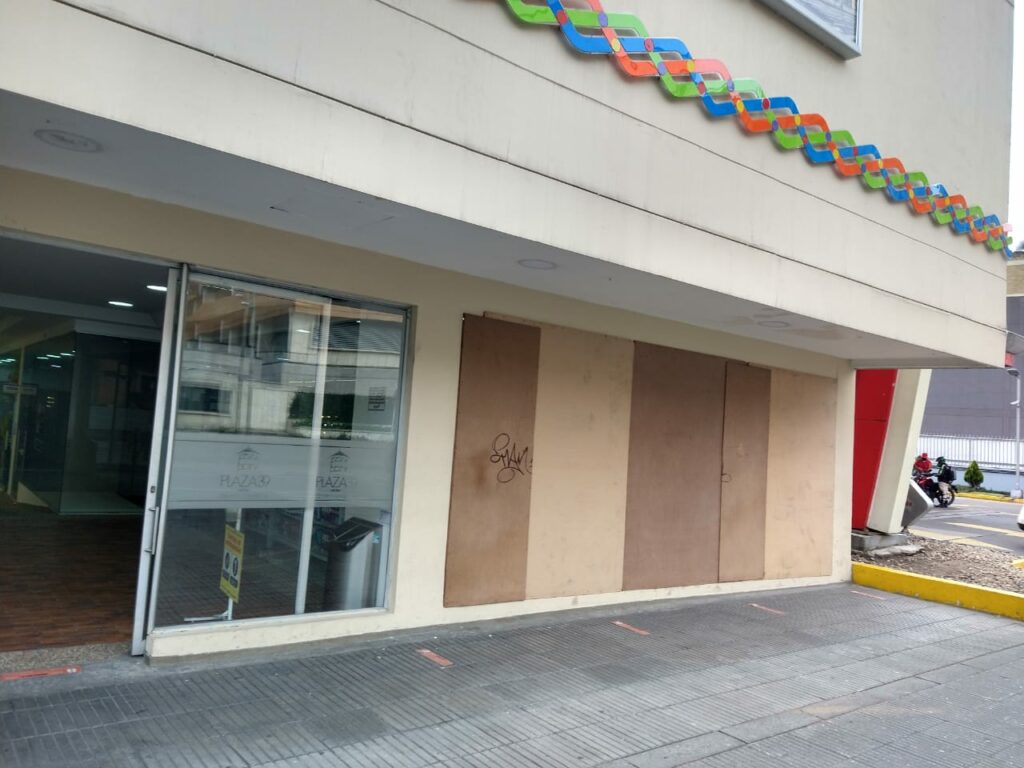
Bloody hell, is that likely to happen again?
Probably not, although it’s really hard to predict. There’s a bigger support for the paro now than in 2020, but there’s a pandemic and curfew to complicate matters. It’s really hard to call. The pandemic has magnified many people’s economic woes and feelings of frustration.
So what is happening tomorrow?
There will be large groups gathering at various points around the city, such as Transmilenio stations, parks, and plazas. The biggest are usually the Parque Nacional (Séptima), the Universidad Nacional (Calle 26), Banderas (Calle 6 with 78), Universidad de Cundinamarca (Soacha) and Héroes (Autopista and 80). They’ll all start heading towards the Plaza Bolívar mid-afternoon and arrive in stages late afternoon to listen to a succession of dreary speeches. That’s where it gets complicated.
It’s likely that somebody will start some violence. Could be a police infiltrator, could be a disgruntled anarchist. Either way, the police will take the opportunity to charge in. If that doesn’t happen, likely things will simply dissipate into cafés and the like before getting home.
Who’s behind all this?
The Central Unitaria de Trabajadores (CUT) is the main driving party behind the protests, but as in 2019, they’ll have many people joining them from elsewhere. This creates a certain amount of discord, because CUT have quite clear views which won’t be shared by all the protestors. Expect a certain amount of chaos as certain groups pull in different directions. The ex-guerilla will have banners there, and that’s always divisive.
Do they have broad support?
Yes and no. Seemingly everyone opposes the reforma tributaría, so on that issue the protesters are fully supported. Even Álvaro Uribe agrees with them. On the other issues, it’s more complicated. The peace accords, for example, are heavily polarised – 45% oppose them, 55% support them, according to Cifras y Conceptos. Many Colombians dislike protests in general – Bogotá is tolerant but much of the rest of the country will look at it with eyebrows raised. Then of course there’s a number of people who support the march but won’t turn out because of the pandemic.
Oh yeah, the third wave has arrived, I heard?
You heard correctly. Claudia López wants the paro to be delayed, but it’s the police that will really make the call. It’s a constitutional right, so even in a state of emergency, they’re unlikely to break it up until it inevitably turns violent. A lot of people who support the paro will stay indoors to avoid spreading the virus, and memes are circulating with ways to support the aims while staying safe. Francisco Maltés, the CUT president, says the protest will comply with the measures, but that’s unlikely to happen.

